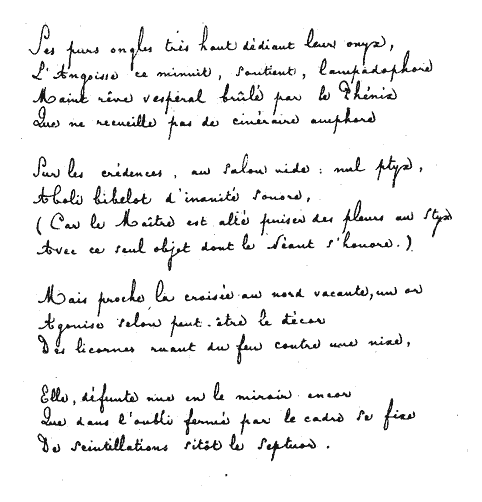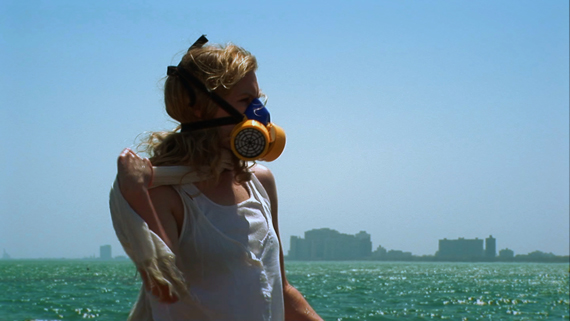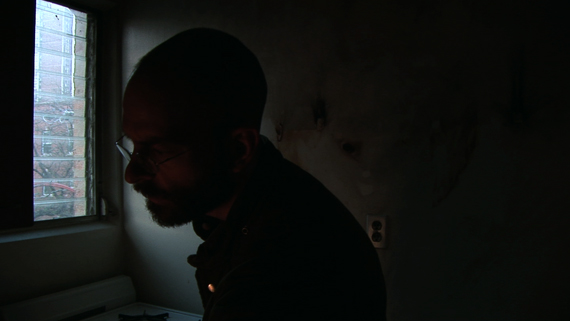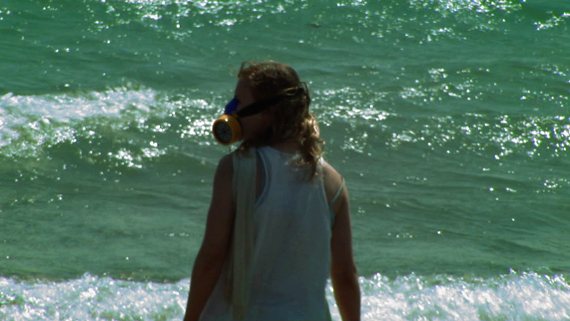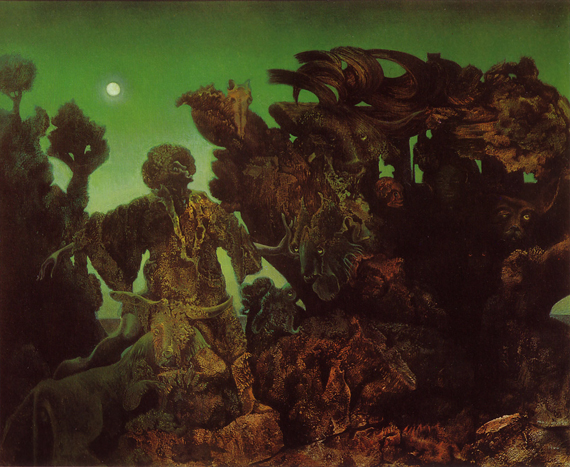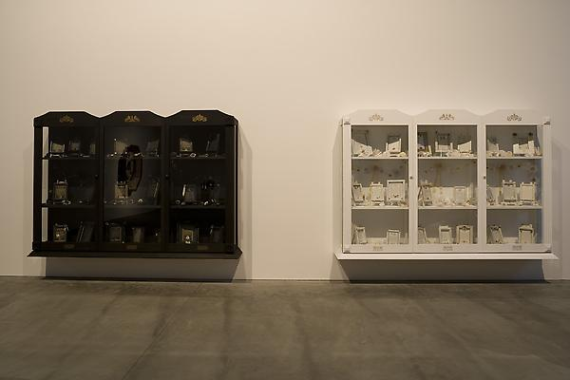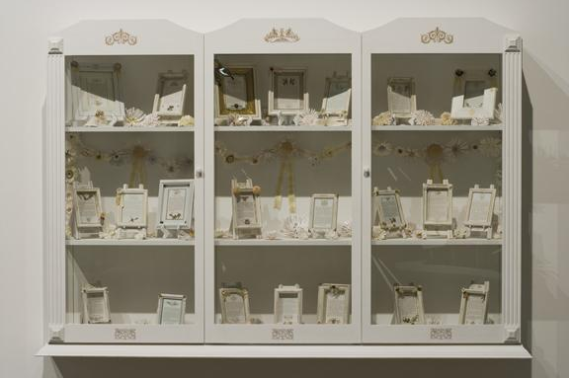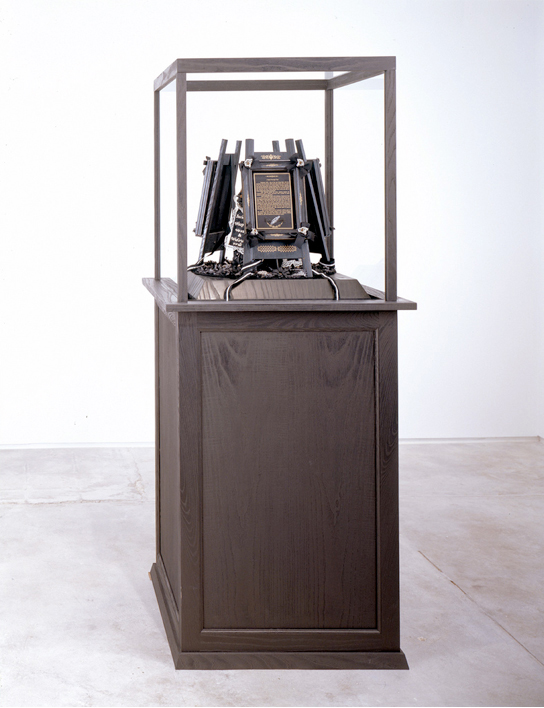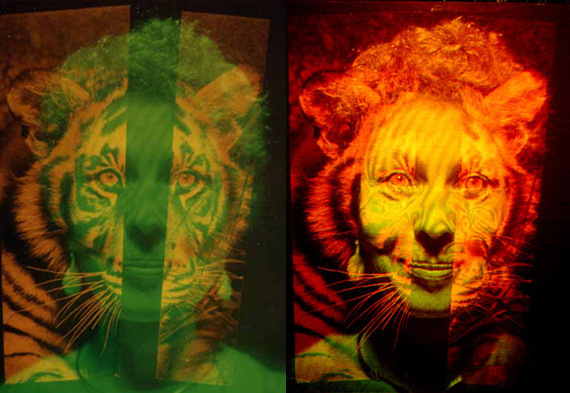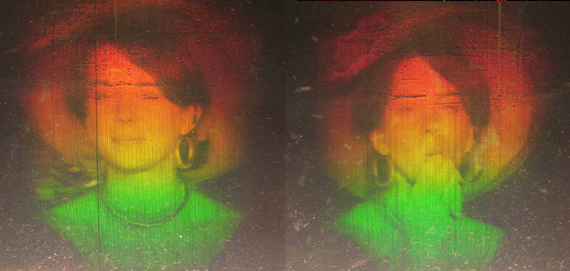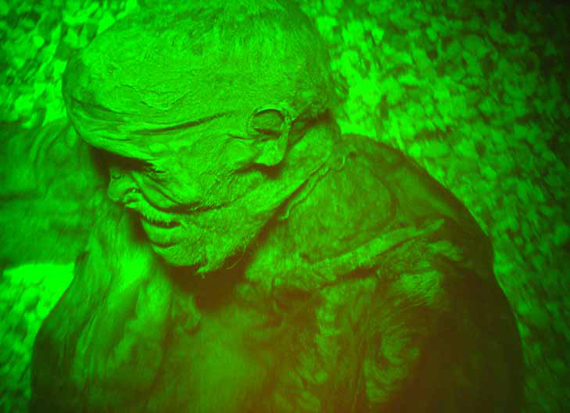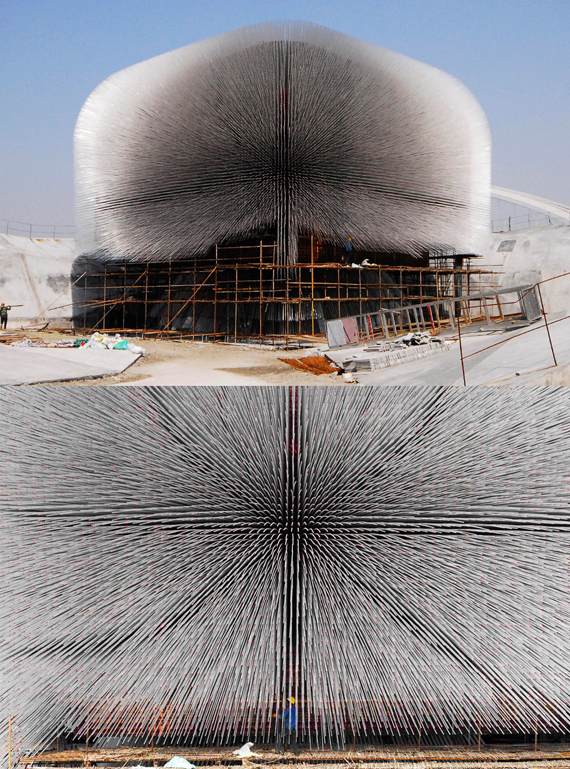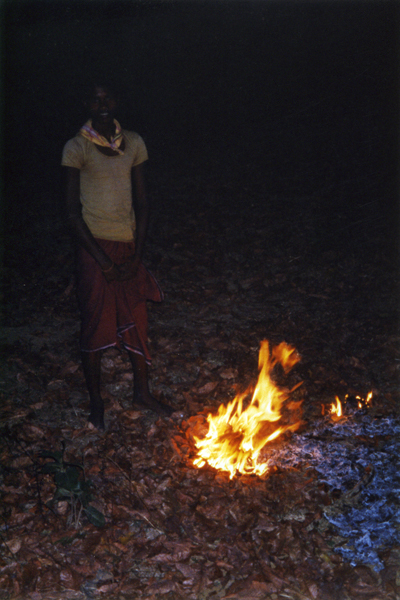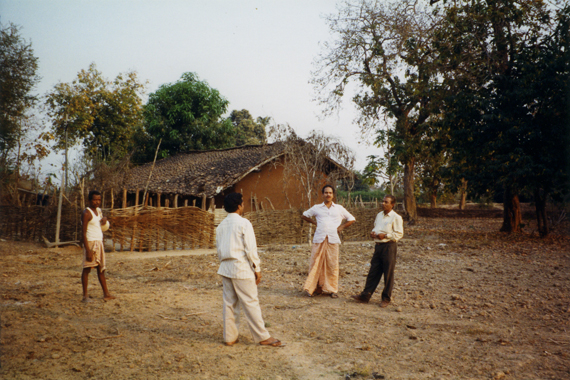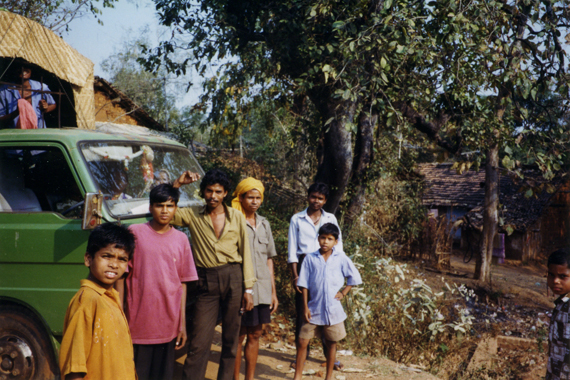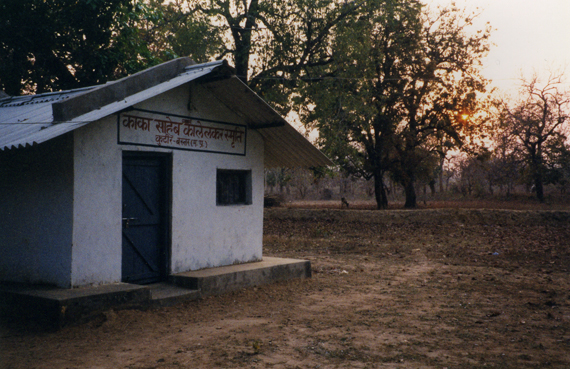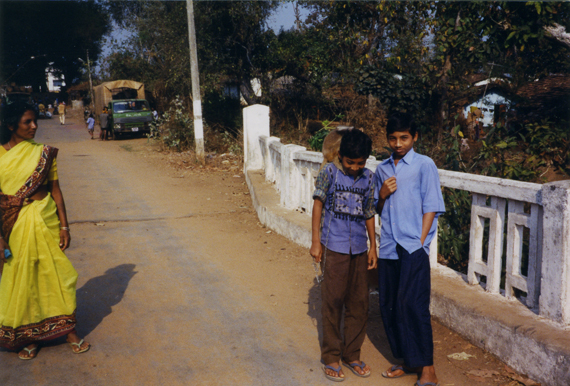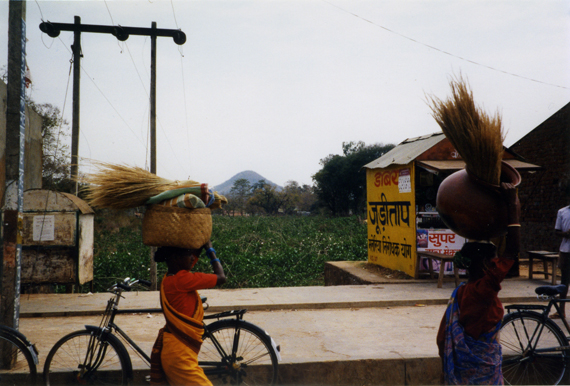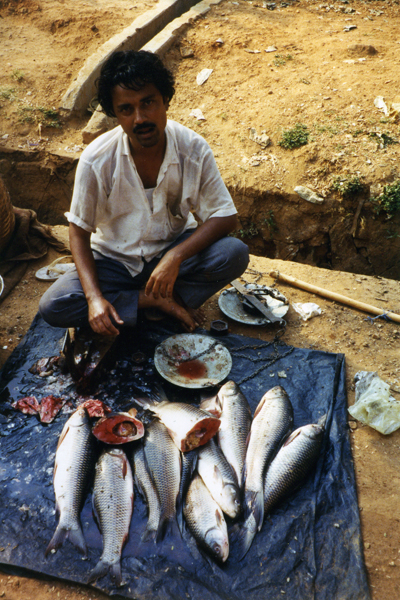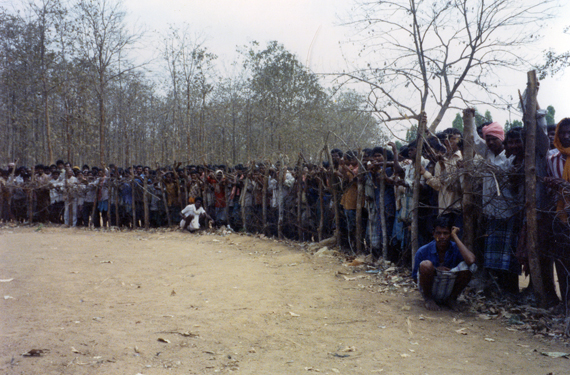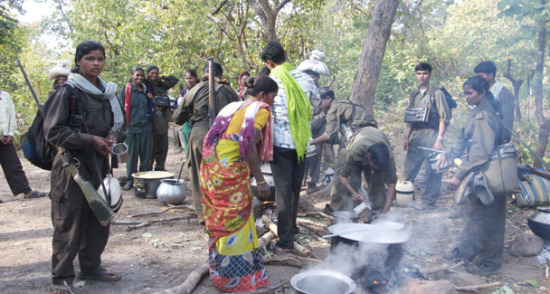VOICEsVOICEs is a two piece from Los Angeles, comprised of Jenean Farris and Nico Turner. From their MySpace page: "VOICEsVOICEs create a sempiternal space filled with sounds and imagery that defy what they've been taught, and challenge what you know. A captivating experiment where two drummers, knowing nothing of the machines and instruments they chose to adopt, construct such hauntingly beautiful music, they awaken even your most subconscious dreams and aversions. A sort of existential realization can occur when these two lovely girls envelope you in their rapturous style of melodic, and at times, rough soundscapes."
Dirty Projectors are a Brooklyn-based experimental rock band led by Dave Longstreth. They have released seven full-length albums through 2010. The band currently consists of Longstreth along with Amber Coffman (vocals, guitar), Angel Deradoorian (vocals, keyboard, samples, guitar, bass), Brian McOmber (drums), Nat Baldwin (bass), and Haley Dekle (vocals). This collaboration with David Byrne is from the Red Hot compilation Dark Was The Night.
The Supremes, an American female singing group, were the premier act of Motown Records during the 1960s. This Italian version of "You Can't Hurry Love" comes from the recently reissued double album "Motown Around the World," a collection of Motown's greatest stars struggling to sing classic soul hits in foreign languages.
Molobali Traoré was born on the Niger river in Macina, and a strong defender of the traditions of the Ségou region. Contrary to many artists of her stature she refused to move to the capital Bamako, and instead settled with her husband in Niono. Ironically it was in Bamako where she died of typhoid on September 16, 2009, at the age of only 43. She leaves behind a husband and two children. Although she hardly performed outside of the Niono cercle, she was very popular in the whole of Mali. Her songs were mostly moral, directed at the common Malian. If she was a griot, she was a griot of the common man. The heroes of her songs were farmers, workers of the land.
The Booksare an American music duo, formed in New York City in 1999, consisting of guitarist and vocalist Nick Zammuto and cellist Paul de Jong. Their releases contain a combination of electronic music and folk, typically incorporating samples of obscure sounds and speech. They have released three critically-acclaimed albums on the German label Tomlab, and are currently preparing for the release of their latest studio album, The Way Out.
Gareth Williams was a British musician best remembered as the bassist and vocalist for the experimental rock group This Heat, and his project with Mary Currie, Flaming Tunes. From the Flaming Tunes website: "This was a track made by Gareth during the period after the release of the original FT cassette. Again it is built on a fairly cerebral, even mechanical base, with a repeating arpeggio and a descending figure over 12 bars, but the ease of the melody, the humour in the lyrics and the passion of delivery lift it into being one of his most effective songs."




